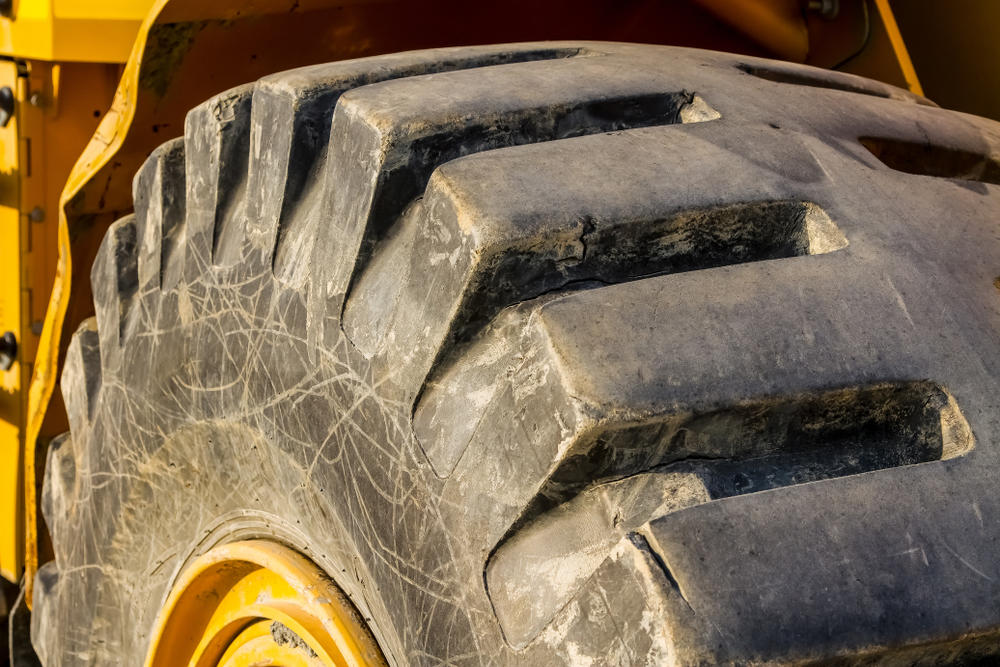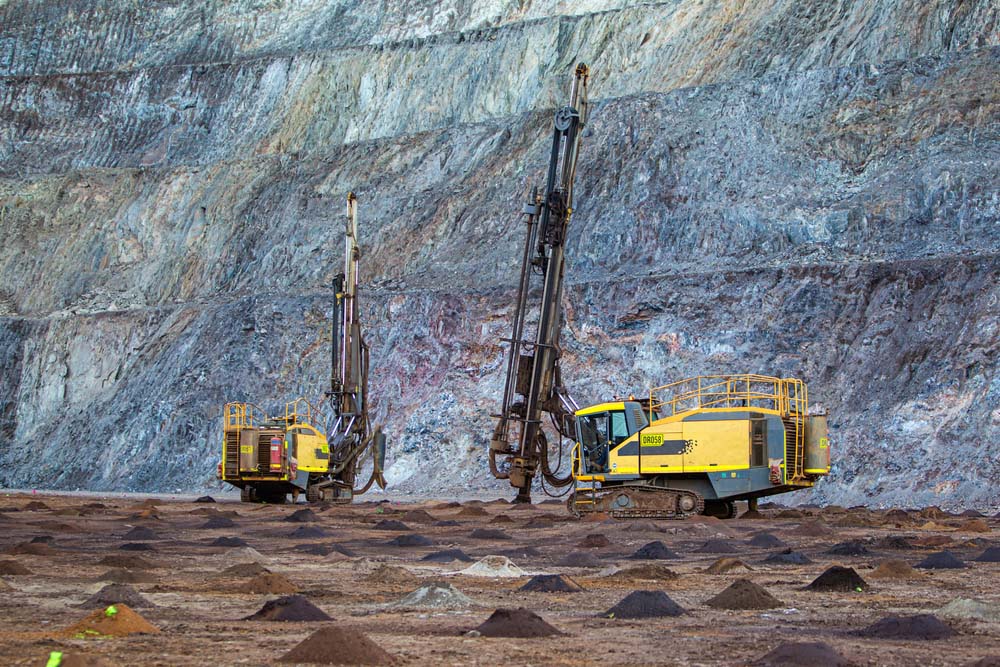
Australia could have a $3.1 billion industry in lithium-ion recycling, according to a new report prepared for the Future Battery Industries Co-operative Research Centre (FBICRC) by the Commonwealth Scientific and Industrial Research Organisation (CSIRO).
Informed by CSIRO research and stakeholder surveys, the Australian Landscape for Lithium-Ion Battery Recycling and Reuse in 2020 report is the most up-to-date, comprehensive review of the status of the lithium-ion battery recycling industry in Australia.
Report lead author Dr Anand Bhatt said the demand for lithium-ion batteries is increasing globally, fuelled by the increasing electrification of transport and the renewable energy generation storage sector.
“This growth is leading to an emerging problem of end-of-life waste management,” Dr Bhatt said.
While Australia recycles 98 per cent of lead-acid batteries, only 10 per cent of our lithium-ion battery waste is recycled, according to research conducted in 2018 by the CSIRO. This waste is growing by 20 per cent a year and could exceed 100,000 tonnes by 2036.
Jo Staines, Enterprise Fellow at the University of Melbourne, and Program Lead for the FBICRC, said lithium-ion batteries not only pose environmental and safety concerns if not dealt with properly, but they are also a missed economic opportunity.
“Lithium-ion batteries contain valuable battery metals and materials that should be recycled and reused,” she said.
This lost value could translate from a $603 million to $3.1 billion opportunity. If recycled, 95 per cent of materials can be turned into new batteries or used in other high-value industries.
The new report identifies 18 opportunities for industry, government, and research institutions to strengthen and grow Australia’s domestic recycling capability and generate new industries and employment opportunities. Some opportunities identified within national policy and regulation include:
- Exploring a National Product Stewardship for all batteries and assistance for State Governments to establish recycling in each State.
- Investigating a unified National battery and battery waste transportation policy between Federal, State and Territory Governments and Industry. Industry participants in the report noted that the current transportation policy hinders the recycling industry.
- Stakeholders identified a lack of enforcement of policy as a large business barrier as it gives advantages to unethical processors that are less costly but less effective at achieving good outcomes. There is a clear opportunity here to increase the rate of enforcement to these unethical business practices and ensure waste is correctly recovered and recycled in a safe manner.
Opportunities identified within industry development areas include:
- Increasing consumer collection facilities and improving locations to provide greater convenience to boost collection rates.
- Development of new markets for recycled and recovered products and investment in infrastructure and markets for using the materials.
Moreover, some opportunities for future research include:
- Provide research and solutions for battery fire safety risks during collection, transportation and storage including the development of solutions to deal with broken, damaged, overcharged or overheated lithium-ion batteries.
- Provide technology advancement, technology support for the battery value chain in Australia not only in mining and primary material processing, but also downstream in the battery manufacturing, maintenance, and end-of-life treatment.
- Research on developing end markets for the recovered battery materials for use in alternative industries. Identification of barriers, technical challenges and opportunities.
Read the full report online here.
Register here for a webinar on the report and panel discussion with Libby Chaplin, CEO, Battery Stewardship Council and Andrew Mackenzie, MD, Envirostream Australia.













